- Home
- Articles
- Architectural Portfolio
- Architectral Presentation
- Inspirational Stories
- Architecture News
- Visualization
- BIM Industry
- Facade Design
- Parametric Design
- Career
- Landscape Architecture
- Construction
- Artificial Intelligence
- Sketching
- Design Softwares
- Diagrams
- Writing
- Architectural Tips
- Sustainability
- Courses
- Concept
- Technology
- History & Heritage
- Future of Architecture
- Guides & How-To
- Art & Culture
- Projects
- Interior Design
- Competitions
- Jobs
- Store
- Tools
- More
- Home
- Articles
- Architectural Portfolio
- Architectral Presentation
- Inspirational Stories
- Architecture News
- Visualization
- BIM Industry
- Facade Design
- Parametric Design
- Career
- Landscape Architecture
- Construction
- Artificial Intelligence
- Sketching
- Design Softwares
- Diagrams
- Writing
- Architectural Tips
- Sustainability
- Courses
- Concept
- Technology
- History & Heritage
- Future of Architecture
- Guides & How-To
- Art & Culture
- Projects
- Interior Design
- Competitions
- Jobs
- Store
- Tools
- More
Kunst Ayutthaya by BodinChapa Architects
Kunst Ayutthaya by BodinChapa Architects transforms a historic townhouse into a multi-use space blending bakery, hotel, and studio, celebrating local materials, memory, and familiarity within Ayutthaya’s cultural context.
Kunst Ayutthaya emerged from the evolving needs of the BodinChapa team and their family, conceived as a space that nurtures multidimensional living while encouraging organic growth. More than just a building, the project is envisioned as a generative space—one that inspires creativity, fosters resilience, and supports the collective growth of its occupants. This guiding principle led the design team to create a space that feels deeply familiar while expressing BodinChapa’s unique architectural language and interpretation.

Table of Contents
ToggleA Name Rooted in Familiarity
The project’s name, “Kunst,” borrowed from the German word for art, carries a dual meaning. In Thai, it resonates with the word “Khun (คุ้น),” which signifies familiarity, intimacy, and warmth. Kunst Ayutthaya thus embodies a synthesis of art and familiarity, connecting visitors to the quiet persistence of cultural and architectural memory while reflecting the historic and contemporary identity of Ayutthaya. This conceptual framework establishes a sense of comfort and belonging, inviting visitors to explore and engage with the space in a deeply personal way.

Reinterpreting Everyday Forms
The design draws inspiration from the overlooked imagery and materials of daily life in old Ayutthaya. A prime example is the small-curved corrugated roofing sheets, commonly seen at the eaves of traditional Thai houses. Instead of using them for conventional roofing, the team reinterpreted these sheets as a primary surface treatment for façades, soffits, and boundary walls. In this way, everyday materials become narrative tools, layering history, memory, and design intention into the architecture. Familiarity is celebrated through subtle architectural gestures, transforming ordinary objects into elements of expression that bridge past and present.

Revitalizing an Existing Structure
Housed within a once-enclosed townhouse in Ayutthaya’s historic island district, the project involved carefully peeling back opaque layers to invite light and spatial fluidity. Solid walls and enclosed roofs were partially removed to reveal new connections, allowing natural light to penetrate the ground floor and create visual connections throughout. The building is organized into three interconnected zones:
-
Kunst Bake ‘n Cof – a bakery and coffee space serving as the welcoming point for visitors
-
BodinChapa Architects – the team’s architecture studio, situated deeper within the building
-
Kunst Ayutthaya Hotel – occupying the upper floors, providing a calm retreat above
These zones are connected via internal walkways and curated green spaces that function both as spatial dividers and connectors, linking the building horizontally and vertically. A central courtyard punctuated by a mature tree rises through the void between hotel balconies, visually and spatially connecting both floors while maintaining privacy and distinction among programs.

Materiality as Memory
Material choice plays a central role in embodying local familiarity. Locally-made bricks and real wood wrap the structure, reflecting Ayutthaya’s vernacular crafts, timber-trading streets, and artisanal brick kilns. Imperfections in these materials are celebrated, highlighting the human touch and intentionality behind every construction decision. By emphasizing authenticity over perfection, the design process itself becomes part of the narrative, honoring local knowledge and craftsmanship while reinforcing the project’s connection to its cultural context.

Designing for Emotional Recognition
At the heart of Kunst Ayutthaya is a conceptual framework that centers on the familiar. Visitors encounter familiar materials, forms, and methods, fostering emotional recognition and connection. The architecture encourages reflection on space, material, and memory, creating moments of understanding, discovery, and quiet joy. It does not rely on nostalgia but instead celebrates continuity through reinterpretation, demonstrating how historical elements can be reimagined as living, evolving experiences.
The resulting architecture is both intimate and expansive, engaging visitors across multiple scales—from the tactile surfaces of brick and wood to the overall spatial composition that links everyday life with the history of Ayutthaya. Kunst Ayutthaya exemplifies how architecture can honor the past, enrich the present, and inspire future experiences, creating a holistic environment where art, memory, and familiarity coexist seamlessly.
Photography: shootative / Witsawarut Kekina
- Adaptive reuse design
- Ayutthaya historic district
- Bakery café design
- BodinChapa Architects
- Brick and timber architecture
- community-oriented architecture
- Courtyard architecture
- Cultural heritage architecture
- Emotional Architecture
- experiential architecture
- Hotel and studio integration
- human-scale design
- Kunst Ayutthaya
- Local materials design
- Memory and materiality in architecture
- Multidimensional living space
- Residential and commercial hybrid
- Spatial fluidity
- Thai contemporary architecture
- Vernacular reinterpretation
I create and manage digital content for architecture-focused platforms, specializing in blog writing, short-form video editing, visual content production, and social media coordination. With a strong background in project and team management, I bring structure and creativity to every stage of content production. My skills in marketing, visual design, and strategic planning enable me to deliver impactful, brand-aligned results.
Submit your architectural projects
Follow these steps for submission your project. Submission FormLatest Posts
YongLi Red Tile Plaza by We&Arch
YongLi Red Tile Plaza by We&Arch offers a forest retreat in Chongzhou,...
MGM Shenzhen by CCD
MGM Shenzhen rises on the former Xiaomeisha Hotel site, blending ocean-inspired design,...
Between Stone Walls Suites by alarciaferrer arquitectos
Between Stone Walls Suites reinterprets rural Córdoba’s stone traditions through seven parallel...
The Hôtel Les Roches by PietriArchitectes
PietriArchitectes’ Hôtel Les Roches in Le Lavandou is a masterclass in restraint...











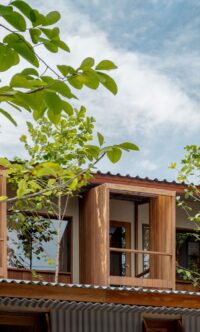






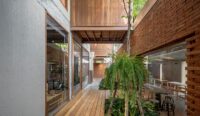
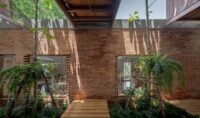






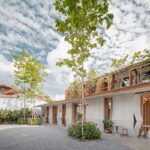
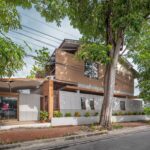






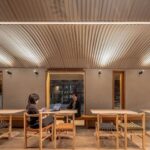


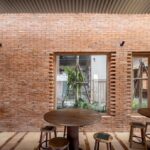




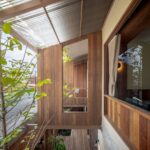



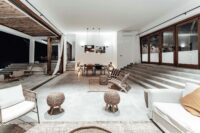



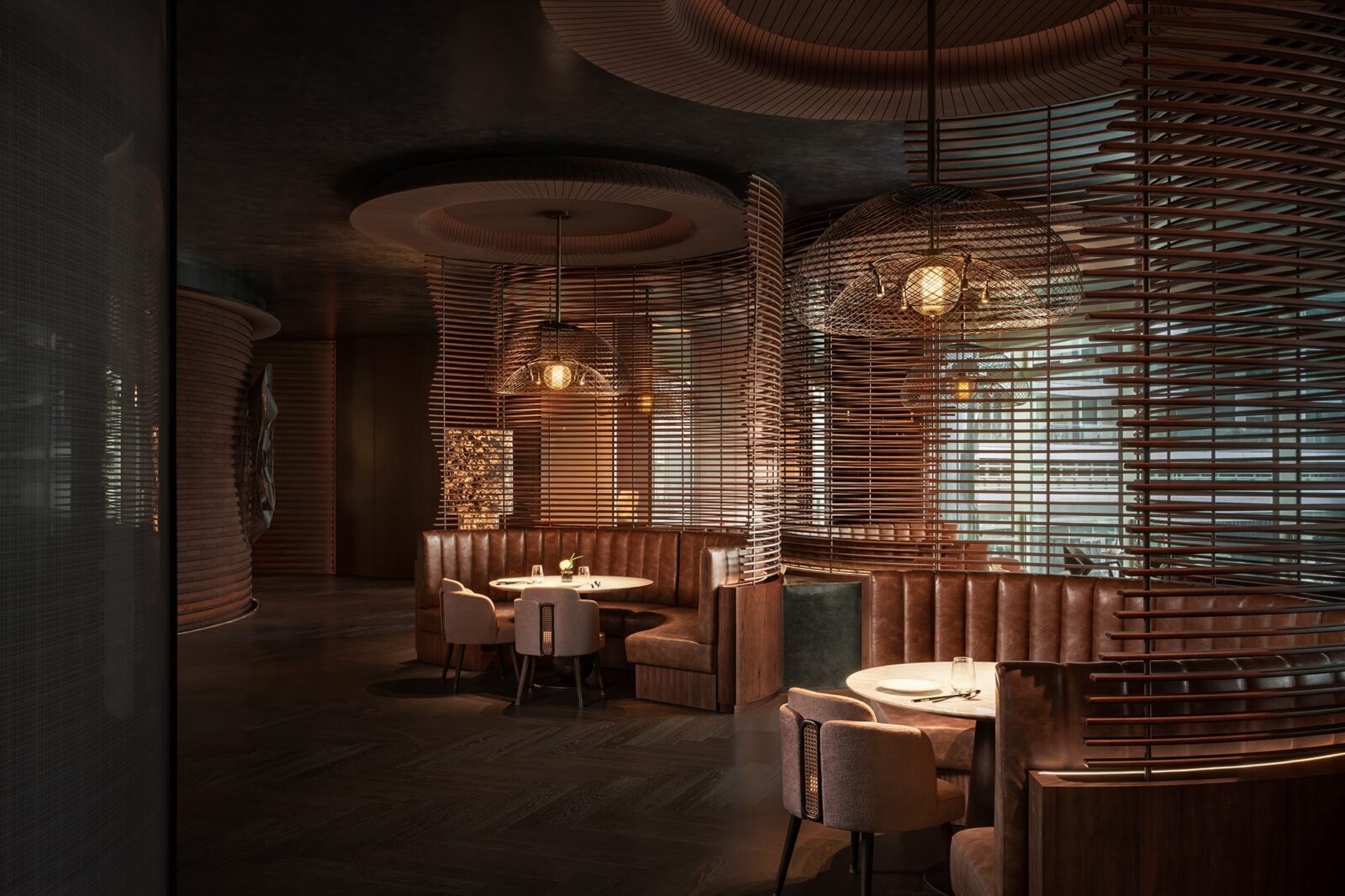
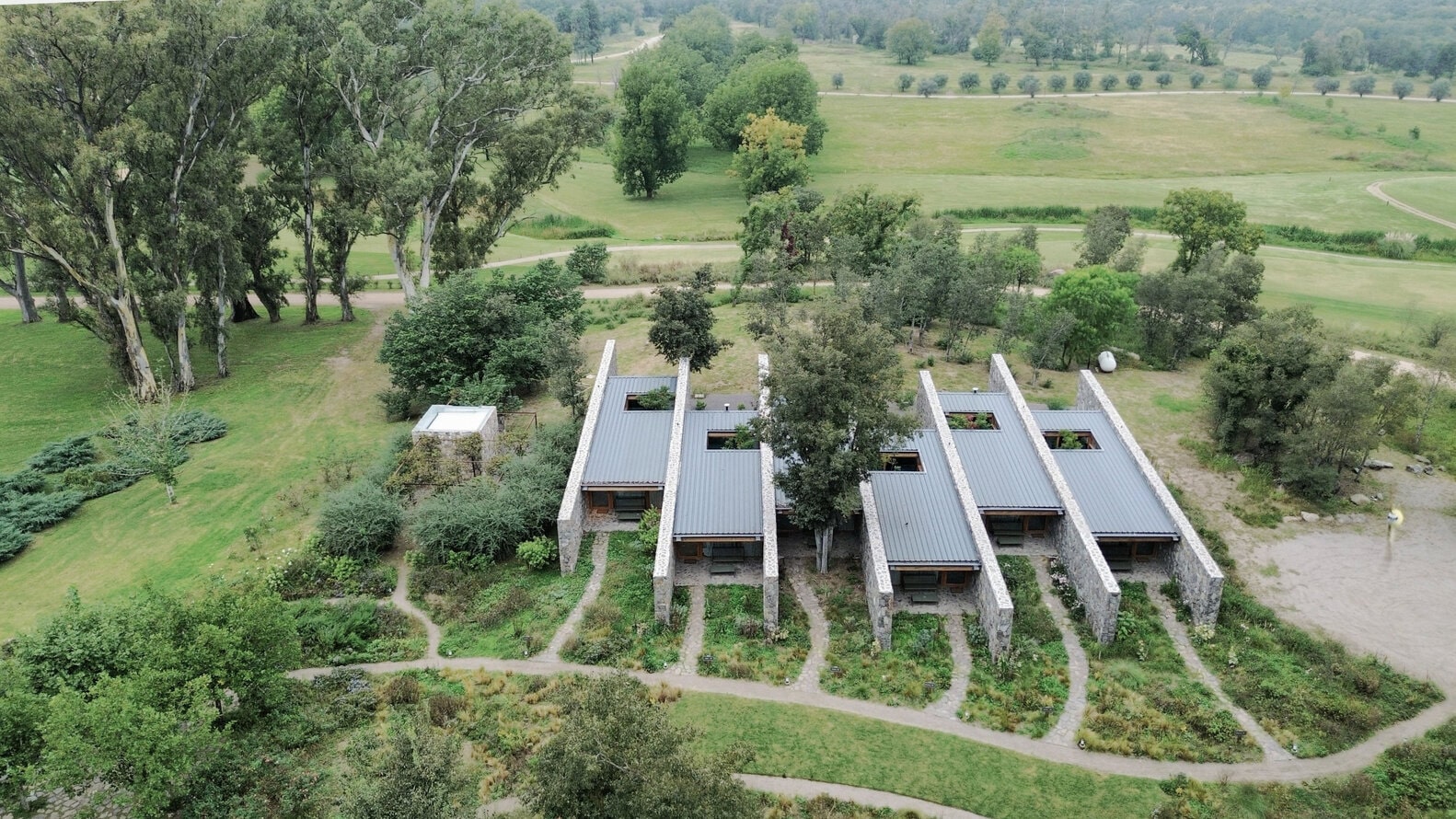
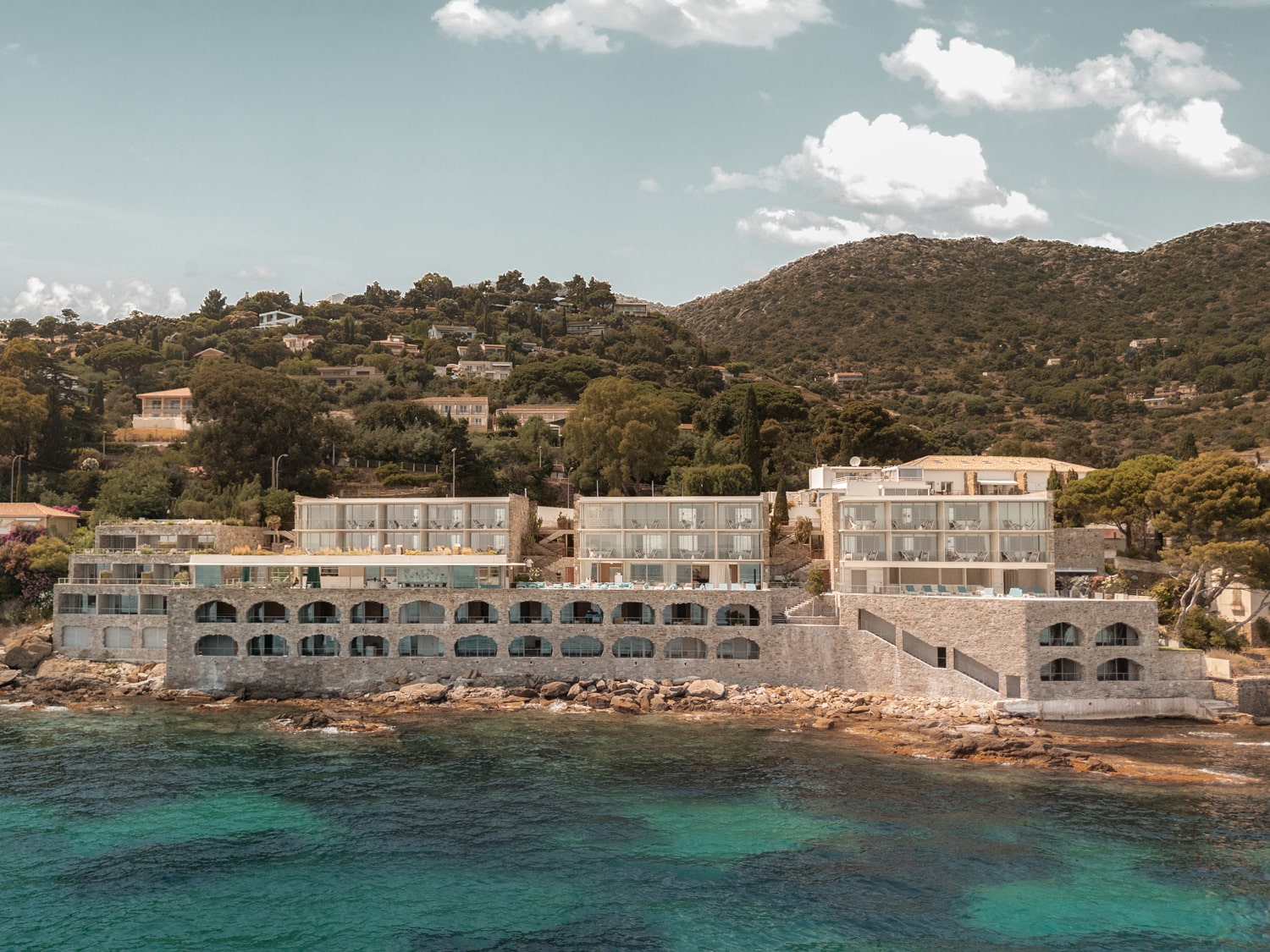
Leave a comment